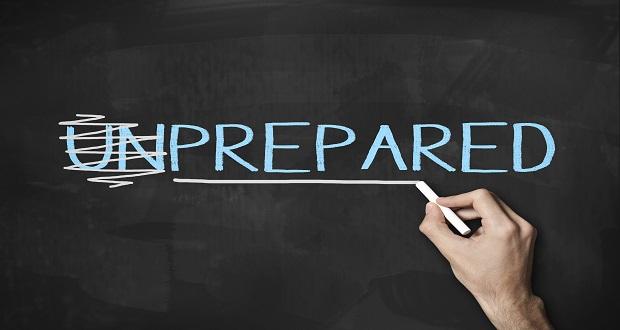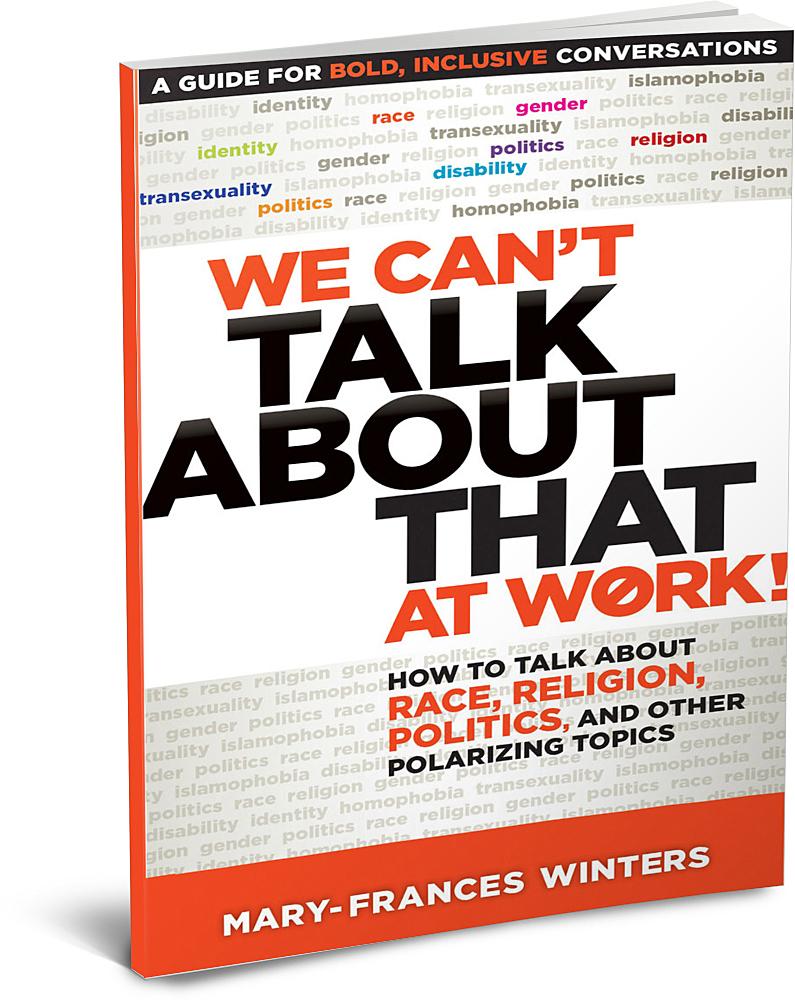
In this week’s installment of our “Engaging in Bold, Inclusive Conversations” feature series, we explore strategies for preparing for the conversation. In her book, We Can’t Talk About That at Work!: How to Talk About Race, Religion, Politics and Other Polarizing Topics, Mary-Frances Winters differentiates readiness, the ongoing learning involved in fostering self- and other-understanding, from preparation, the tactical elements required to plan the conversation. Given the sensitive nature of bold, inclusive conversation, planning is critical. That said, spontaneous meetings to engage in these conversations should be avoided.
When planning to engage in a bold, inclusive conversation, Winters proposes a series of questions to consider:
- Why are we having the conversation?
- Who should be part of the dialogue, and why?
- What is the desired outcome?
- How should the conversation be conducted?
- Where should the conversation be held?
- When will the conversation take place?
While these questions may seem more logistical and tactical in nature, they are an essential element of engaging in bold, inclusive conversations. For example, in this excerpt from the book, Winters underscores the impact that location can have on the dialogue’s effectiveness:
Several of the places selected for in-person sessions that I have facilitated have been less than ideal. In one case the room was way too small, and in another, the room was way too big. One of the sessions was held in a large auditorium that probably seated 500 people. There were about 25 in attendance. It did not create a conducive atmosphere for open, inclusive dialogue. One time the room was freezing, and there seemed to be no remedy. Another session was in a room that was way too hot. One particular session was held in a room that was very hard to find. Many participants arrived late and just a bit frustrated.
While I recognize that many of the place considerations may be out of the control of those organizing the dialogue, I mention these items because, given the fact that the topic is already emotionally charged, you will want to manage as many of the logistical aspects as you can. The success of the meeting will be influenced by these factors. I have heard comments such as “They put us in the worst room possible—another sign that they just don’t care. We are not that important” and “The room is so far away. I wonder if they did that on purpose, to discourage us from attending.” When there is little trust or maybe even some paranoia, you will want to be proactive in considering how to alleviate such perceptions.
(Excerpt from: We Can’t Talk About That at Work!: How To Talk About Race, Religion, Politics and Other Polarizing Topics by Mary-Frances Winters)
Likewise, the ‘who, why, what, when, and how’ are all critical questions to consider when preparing for dialogue. The matrix below offers additional considerations for each of those questions.
|
Why are we having this conversation?
|
Who should be part of the dialogue?
|
What is the desired outcome?
|
|
How should the conversation be conducted?
|
Where should the conversation be held?
|
When will the conversation take place?
|
We Can’t Talk About That at Work! is officially available for purchase! Purchase your copy or download an excerpt from the book.



















